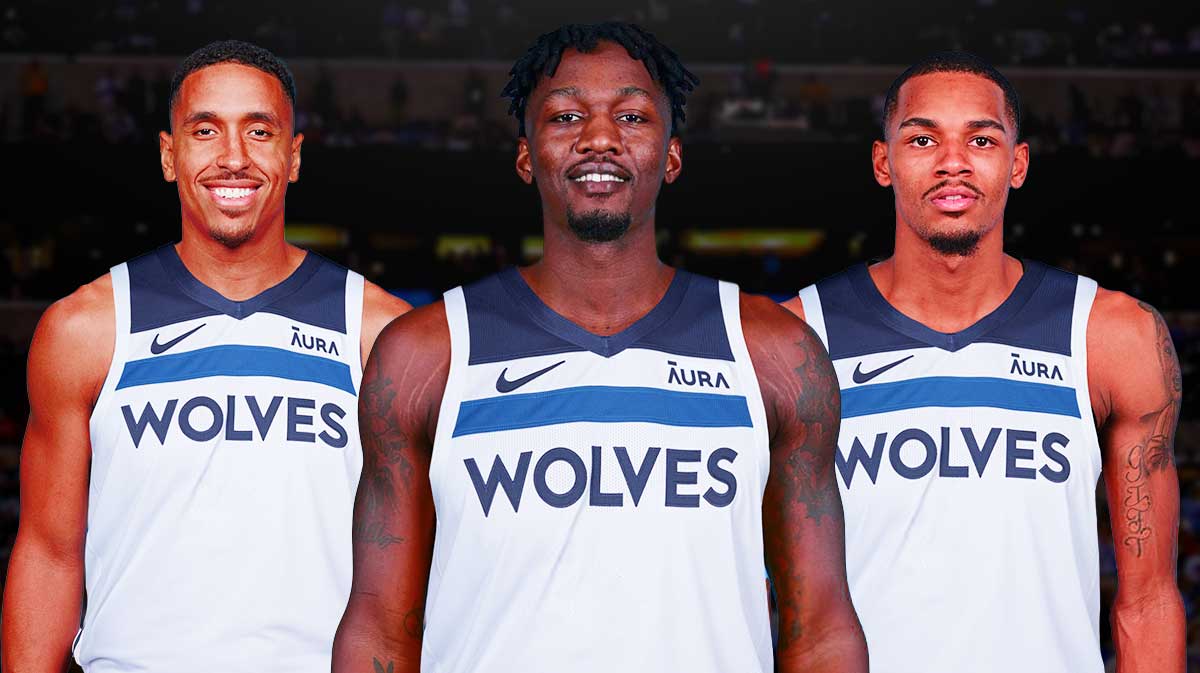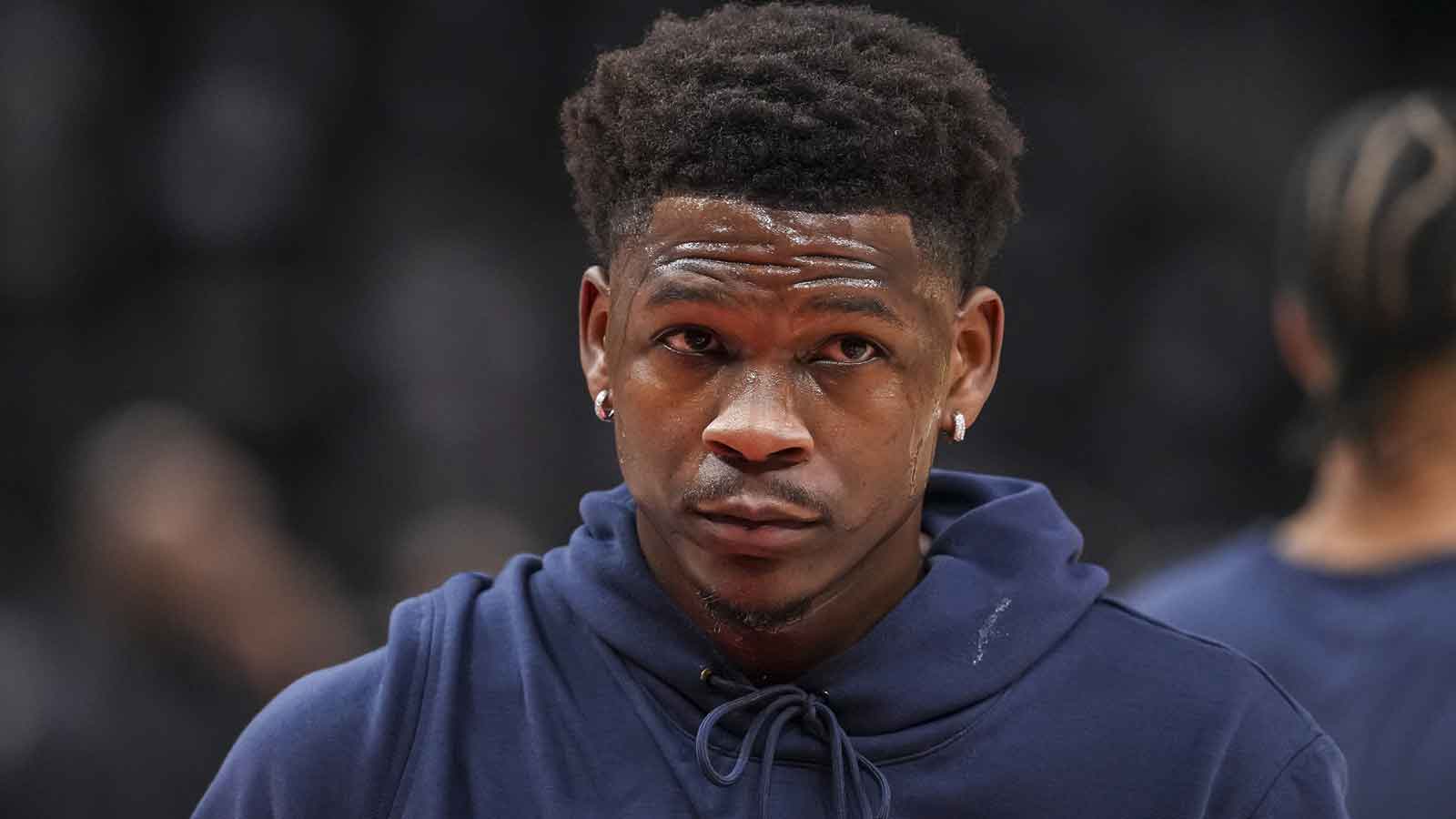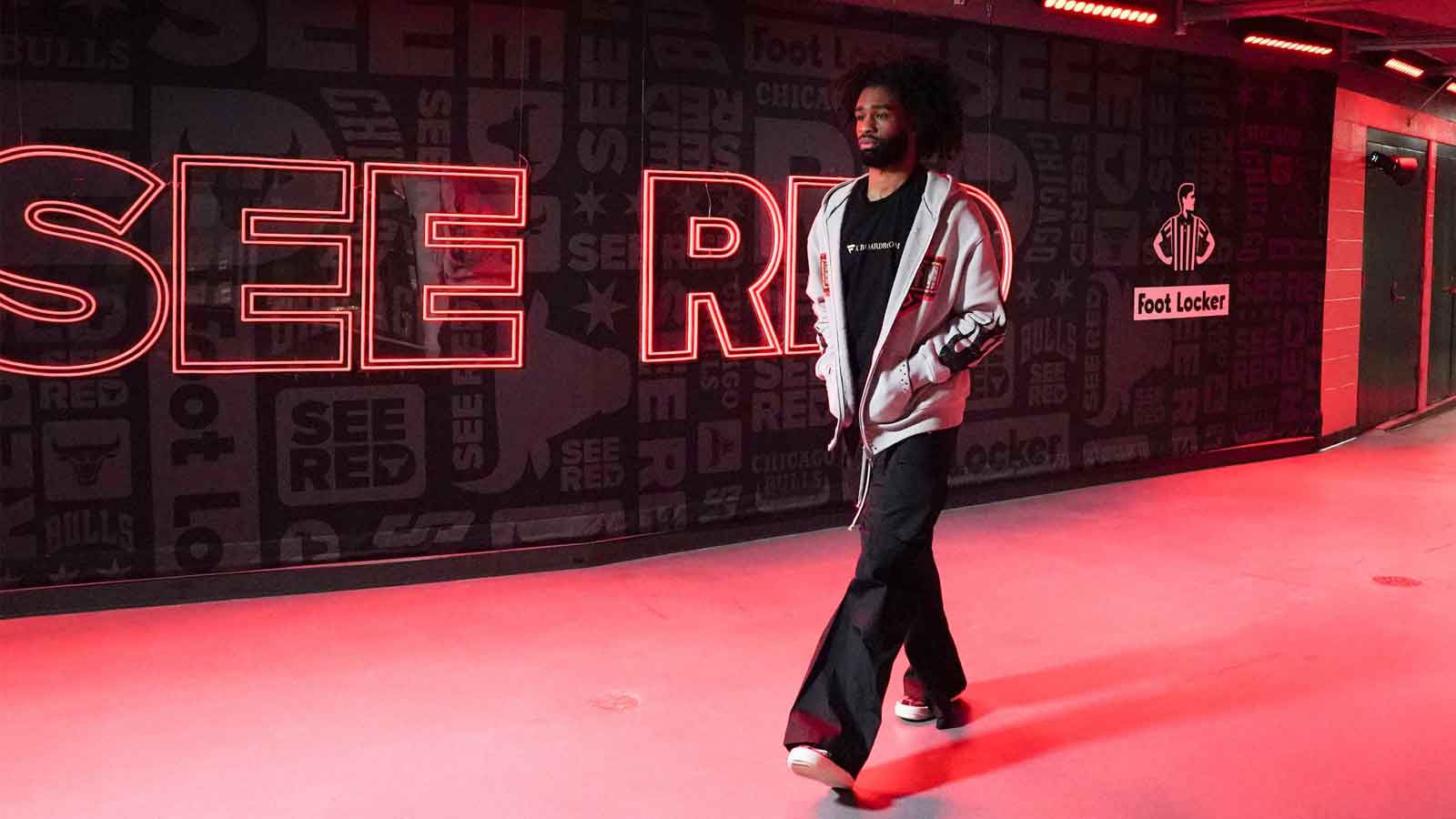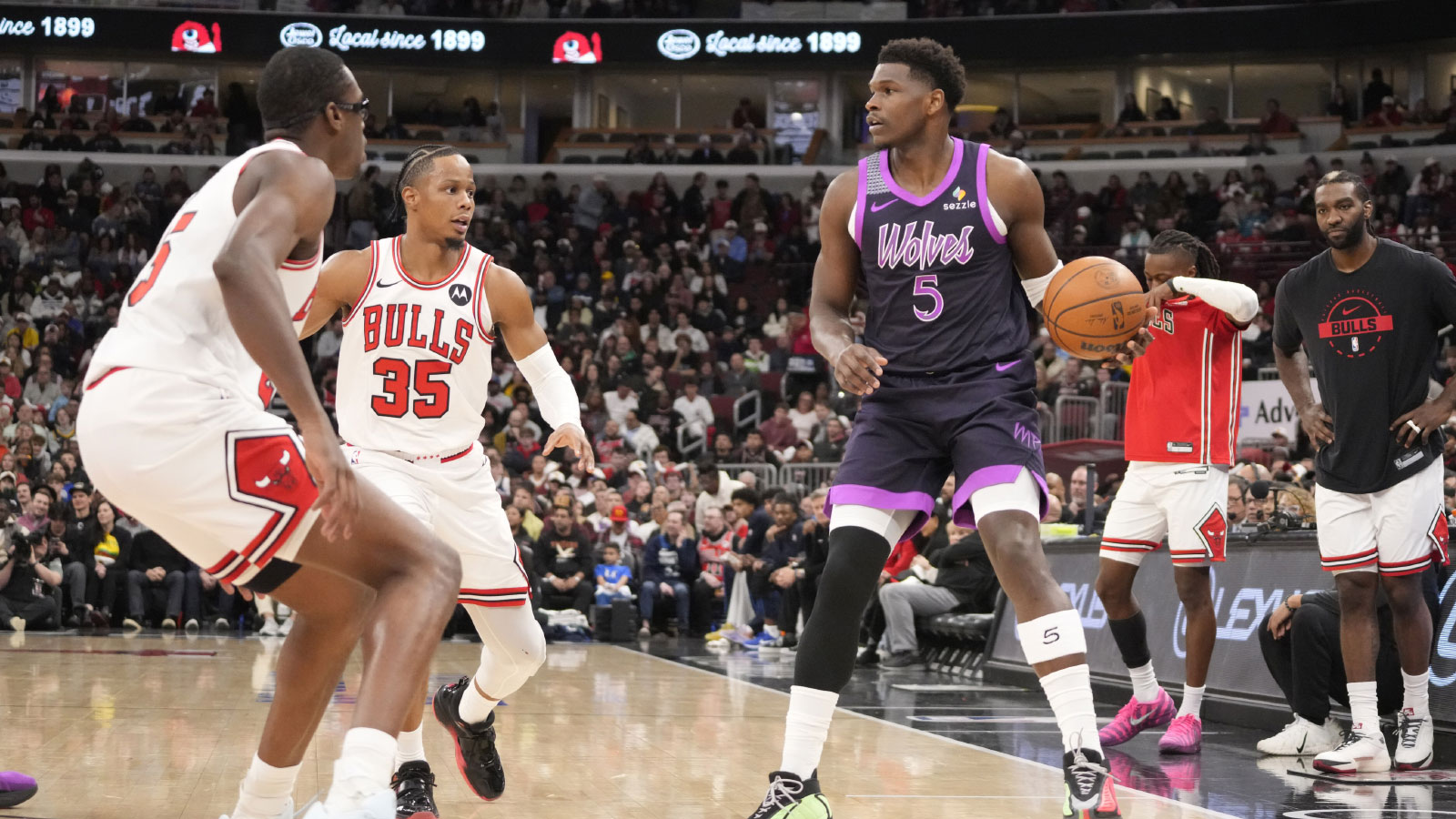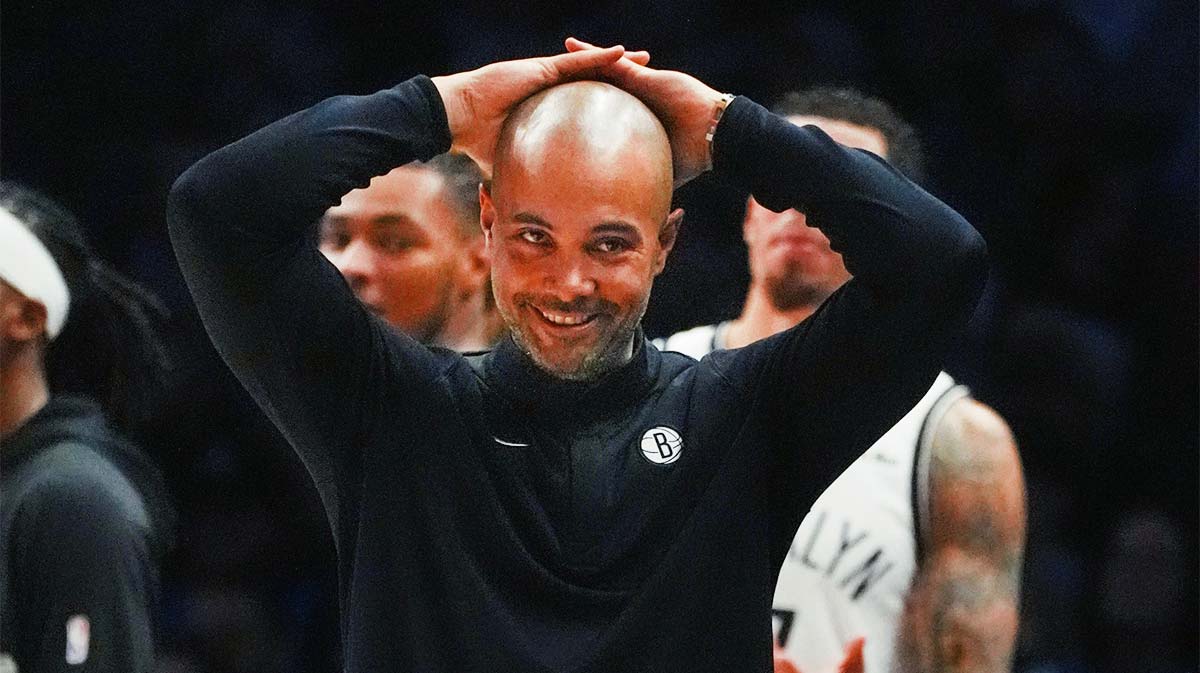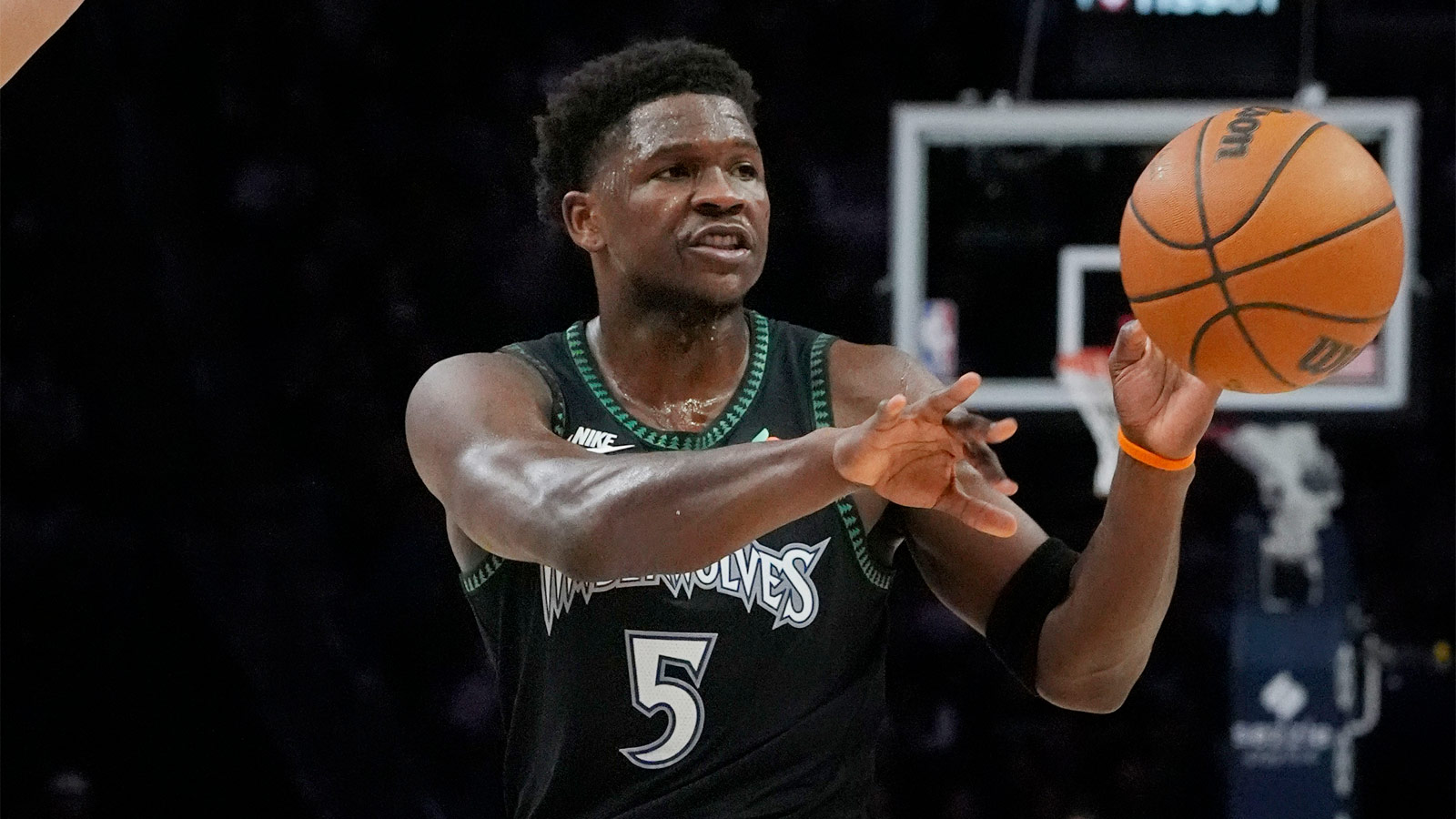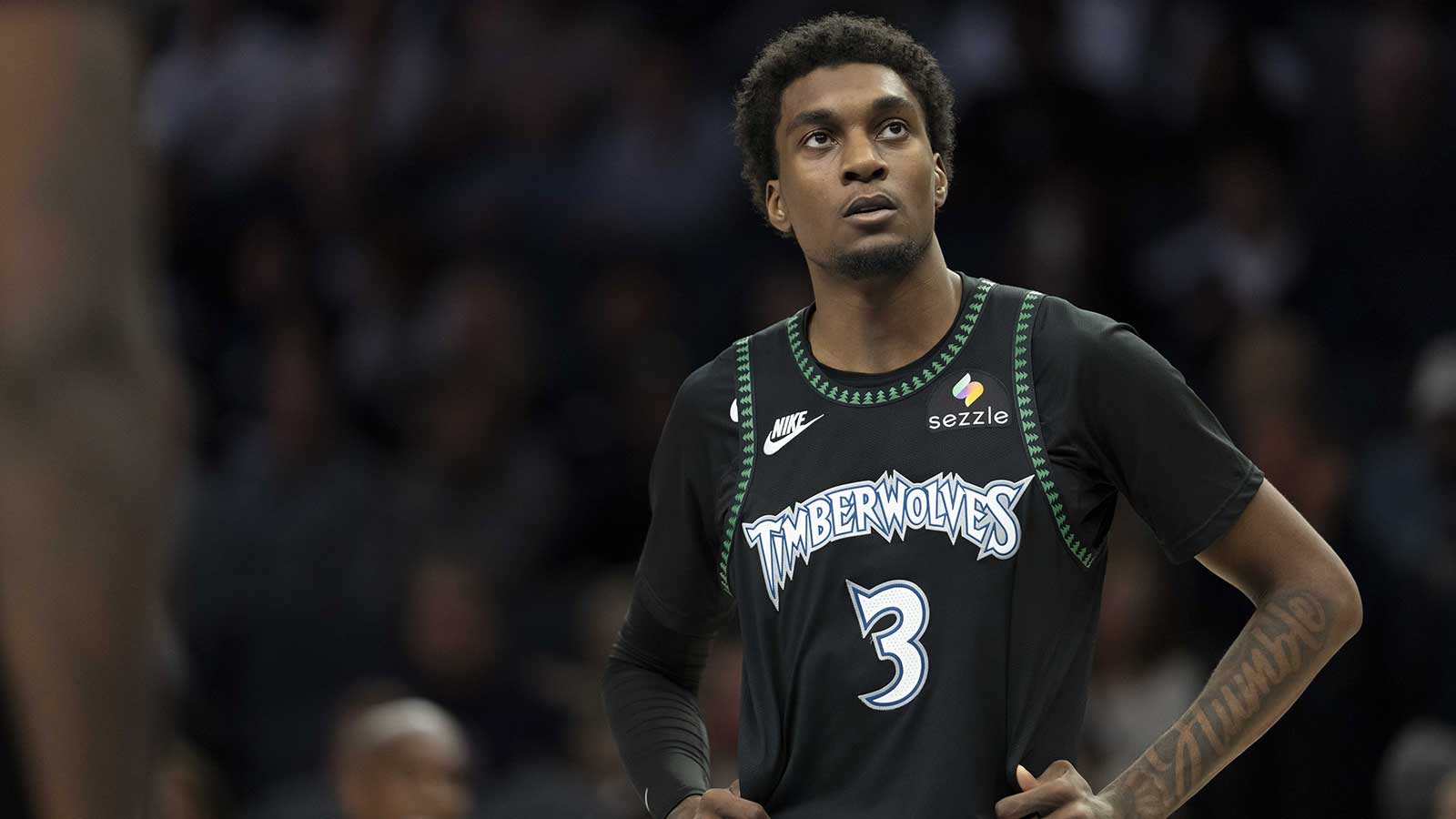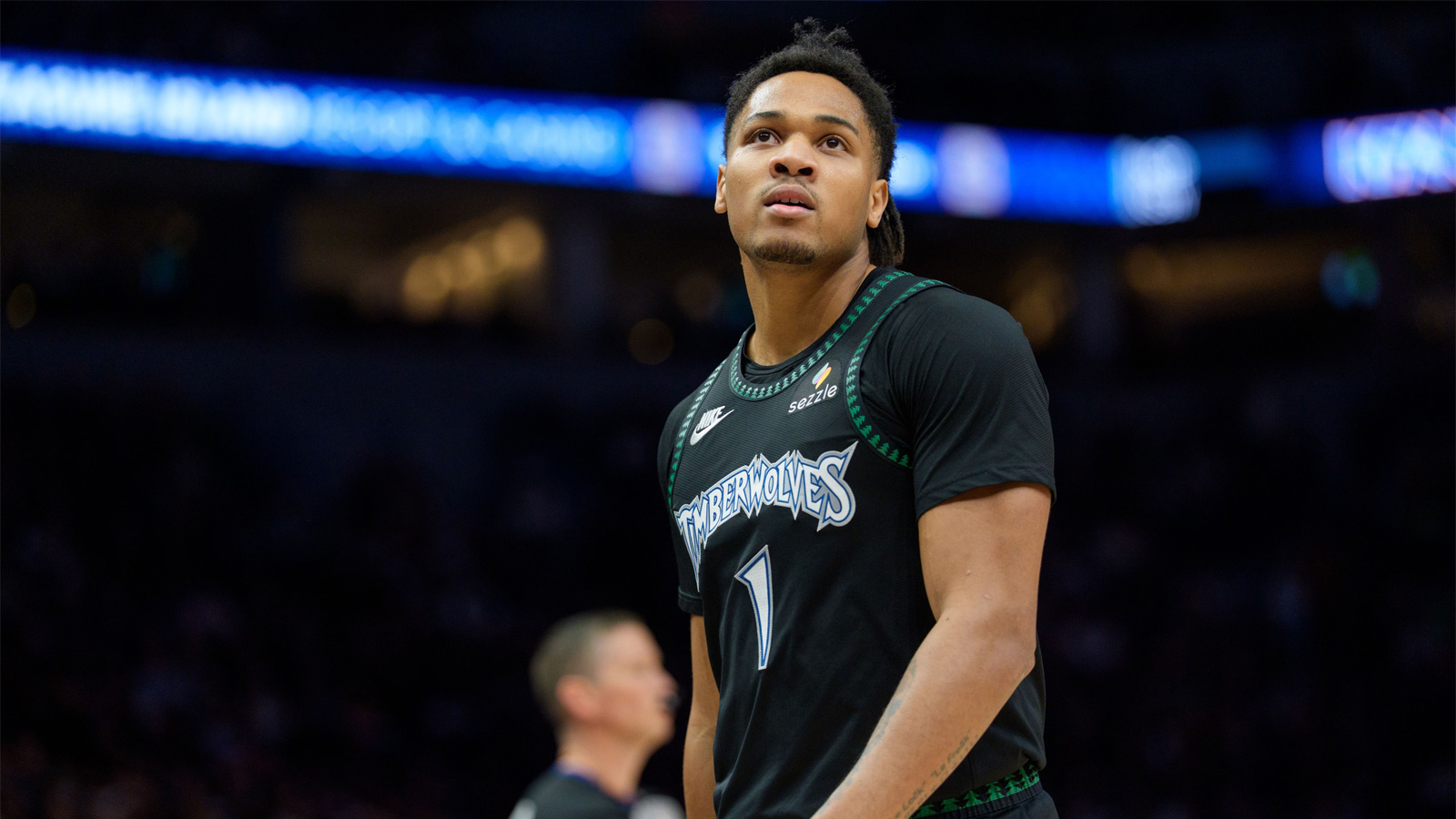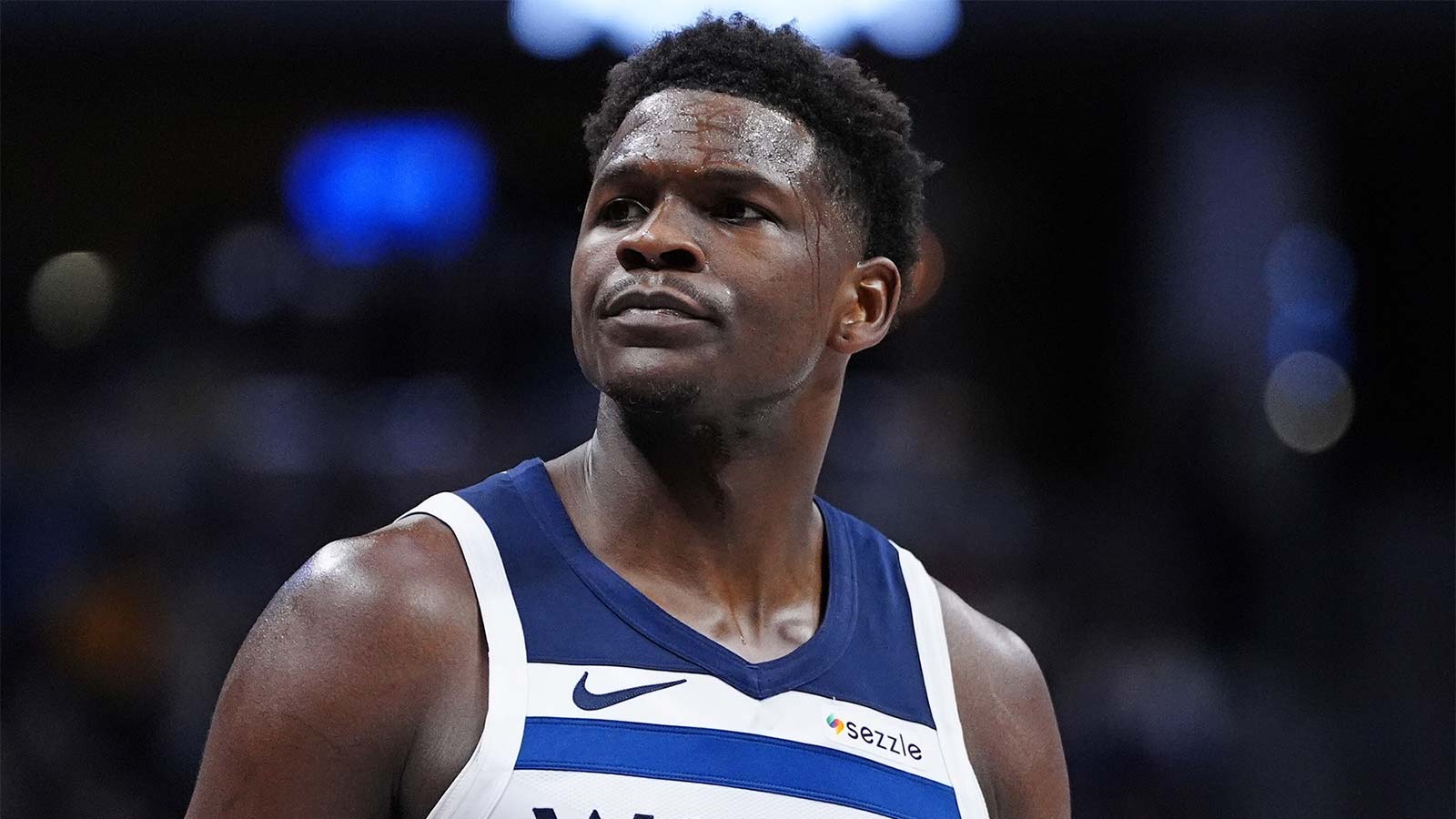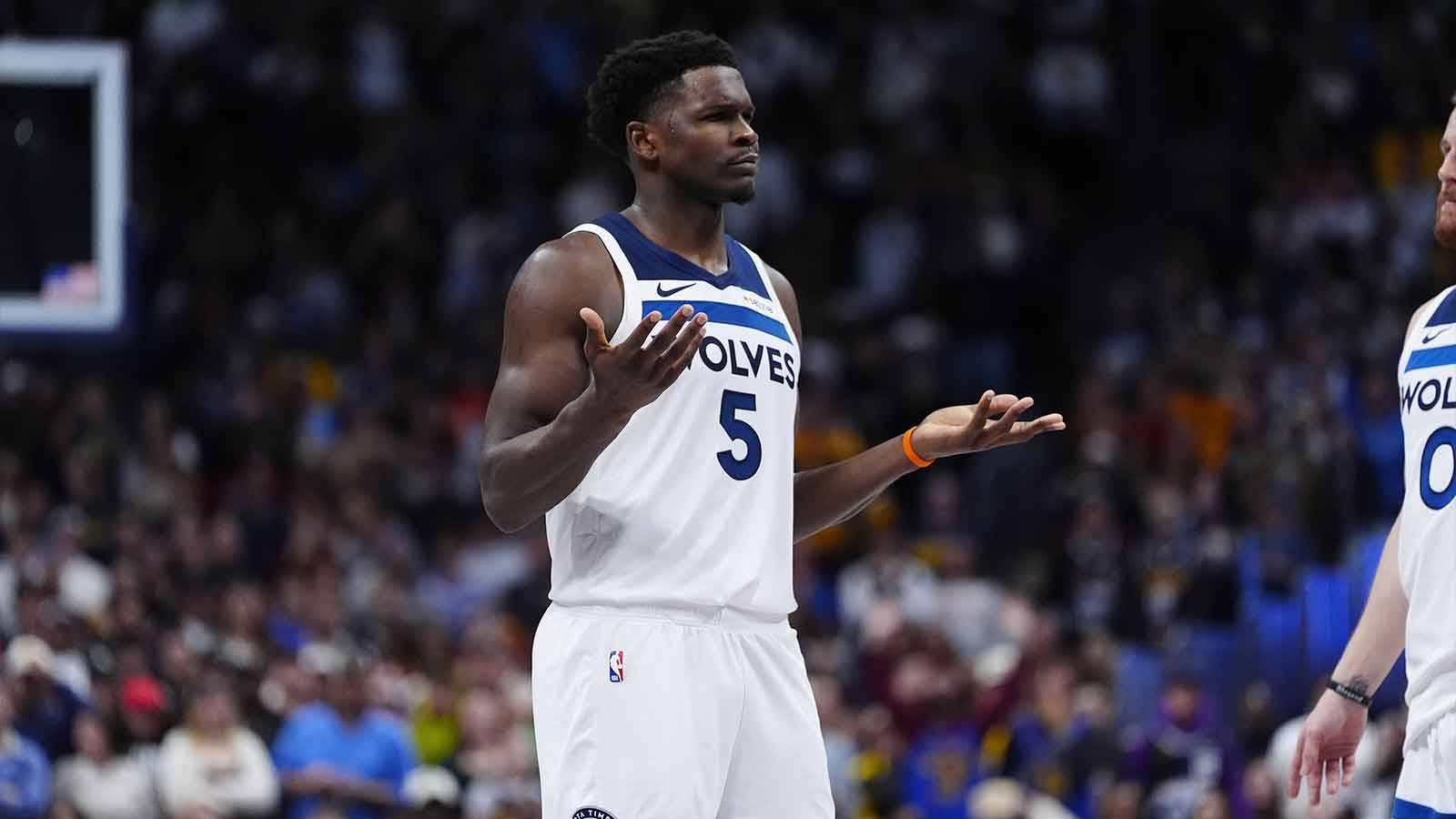The Minnesota Timberwolves head into the 2025-26 season with a rare commodity in the NBA: stability. For years, the franchise cycled through front office shakeups, roster churn, and false starts that kept them perpetually on the outside of the contender’s circle. But under Chris Finch’s guidance and with Anthony Edwards blossoming into a full-fledged superstar, the Wolves now sit firmly among the league’s heavyweights.
Their offseason reflected that newfound steadiness, as they prioritized continuity by re-signing Naz Reid and Julius Randle, doubling down on a frontcourt that offers depth, versatility, and offensive firepower. Letting Nickeil Alexander-Walker depart in free agency was a cost of doing business, but the Wolves replenished their depth by drafting young centers, shoring up the long-term outlook behind Rudy Gobert.
Yet for all the positive momentum, the Wolves' consecutive Western Conference Finals exit underscored a critical truth: they remain a step short of championship polish. Edwards is the face of the franchise and a proven closer, but the supporting cast has to be sharper, quicker, and more dynamic to survive the brutal playoff gauntlet of the Western Conference. That’s why trade speculation will inevitably circle Minnesota this season. The Wolves don’t need to blow things up; they need the right targeted addition, the missing piece that elevates their balance without disrupting their carefully built chemistry.
A playmaking guard: Malcolm Brogdon as the connector
The Timberwolves’ most glaring weakness remains the point guard position. Mike Conley has been invaluable as a steady veteran presence, but at 37, he is not a long-term solution and cannot be asked to shoulder the grind of a full season and playoff run. Rookies and young options bring energy, but they lack the experience needed to orchestrate an offense in high-stakes moments. That’s where a trade for Malcolm Brogdon could be transformative. Meanwhile, he has just joined the New York Knicks on a one-year deal.
Malcolm Brogdon will generate interest from contending teams in unrestricted free agency as a backup point guard option.
Due to Brogdon’s immense injury history, he could be forced to take a one-year prove-it deal on the veteran’s minimum. pic.twitter.com/bEeeYi9KAC
— Evan Sidery (@esidery) June 10, 2025
Brogdon’s game is built on control, intelligence, and versatility. He can run an offense with composure, space the floor as a catch-and-shoot threat, and guard multiple backcourt positions. In Minnesota, he would immediately relieve the pressure on Edwards to be both scorer and primary creator, allowing Ant to thrive as an off-ball weapon in stretches. His ability to generate offense in the half court is exactly the kind of skill set that goes underappreciated in the regular season but becomes indispensable in playoff series where defenses load up on stars.
What makes Brogdon particularly appealing is his fit with Finch’s offensive system. The Wolves already lean on Edwards’ shot creation and Randle’s perimeter gravity; Brogdon could seamlessly complement both, creating balance without demanding touches that disrupt flow. His presence would also soften the inevitable decline of Conley, giving the Wolves a bridge at point guard who can perform in both the short and medium term.
A defensive wing: Dorian Finney-Smith to balance the lineup
Losing Nickeil Alexander-Walker this offseason didn’t just cost Minnesota a role player; it chipped away at their perimeter defense and lineup flexibility. While Edwards is developing into a two-way force, he cannot be asked to handle every elite perimeter assignment night after night. The Wolves need another long, switchable defender who can guard across positions while contributing just enough offensively to avoid being a liability. Enter Dorian Finney-Smith.
DORIAN FINNEY-SMITH MY GOODNESS 😤😤
Throws down the RIM-ROCKING slam! pic.twitter.com/REzmi8gL2X
— NBA (@NBA) January 28, 2025
Currently with the Houston Rockets, Finney-Smith is one of the league’s most reliable 3-and-D specialists. His value lies in his ability to defend stars across the wing spectrum, from oversized forwards to slippery guards, while spacing the floor with corner threes. On a Wolves roster that already boasts plenty of scoring punch with Edwards, Randle, and Gobert, what they lack is precisely the kind of defensive glue Finney-Smith provides.
Adding Finney-Smith would also open up lineup creativity. Finch could play him alongside Edwards in a small-ball look, or use him next to Randle and Gobert to maintain defensive integrity without sacrificing offensive balance. He wouldn’t be a headline-grabbing acquisition, but for a team chasing playoff margins, a player like Finney-Smith could be the difference between another second-round exit and a deep run into May.
A star swing: Dejounte Murray to raise the ceiling
The Timberwolves’ identity is already well-formed, but what they may ultimately need is another dynamic shot creator who can thrive alongside Edwards while relieving pressure in critical moments. That’s why Dejounte Murray looms as a fascinating, if ambitious, trade target.
Just 6 months after tearing his achilles…
Dejounte Murray looks HEALTHY pic.twitter.com/yczZ6TnbH5
— Brady (@sideshowbrady) August 20, 2025
Murray offers relentless rim pressure, on-ball defense, and the ability to function both as a lead guard and as a secondary scorer. Pairing him with Edwards would give the Wolves one of the league’s most athletic and disruptive backcourts, capable of dictating tempo and overwhelming opponents with size and speed.
The cost to acquire Murray would not be cheap, and the Timberwolves would need to weigh the risk of disrupting their depth. But as their roster stands, they are too dependent on Edwards to create offense when games slow down in the playoffs. Murray could change that equation, offering a co-star who takes pressure off Ant while ensuring Minnesota’s defense remains among the league’s elite.
The championship window is now for Timberwolves
The Timberwolves’ offseason approach was measured, but their championship window is no longer abstract; it is open right now. Anthony Edwards is ascending, Rudy Gobert remains a defensive anchor, and role players like Reid and Randle give the team a unique combination of size and scoring. What they lack are the small refinements that transform very good teams into great ones.
That’s why trade speculation is not just inevitable, but necessary. Malcolm Brogdon would stabilize the backcourt, Dorian Finney-Smith would restore defensive balance, and Dejounte Murray would give the Wolves a co-star capable of pushing them to the next level. Each option carries a different price and a different level of risk, but the Timberwolves cannot afford to be complacent.
For a franchise that has endured decades of irrelevance, the stakes are higher than ever. This season will not just be about proving that the Wolves belong among the NBA’s contenders; it will be about whether they can take the next step and break through the ceiling that has eluded them. The right trade could be the move that finally delivers Minnesota to basketball’s biggest stage.

